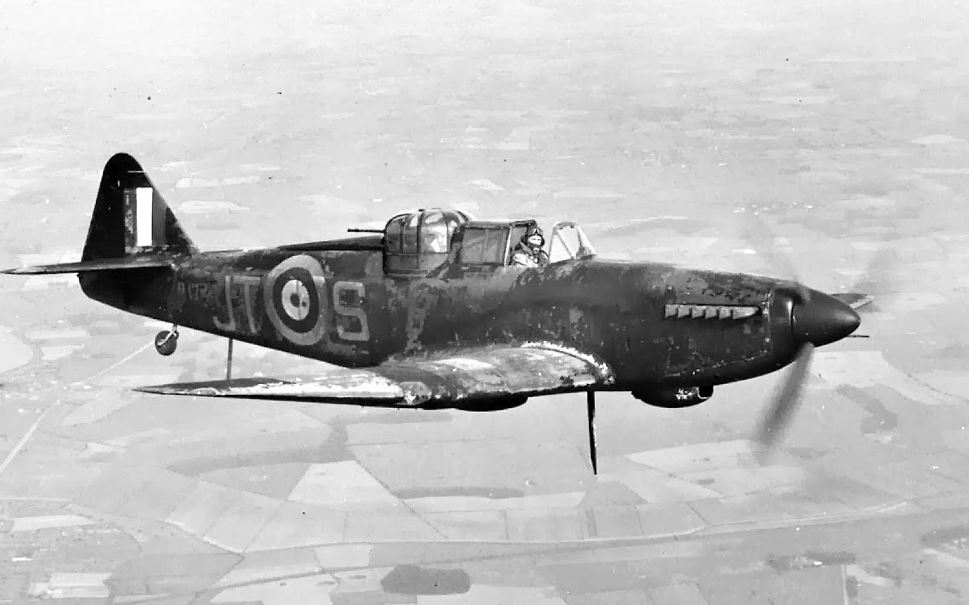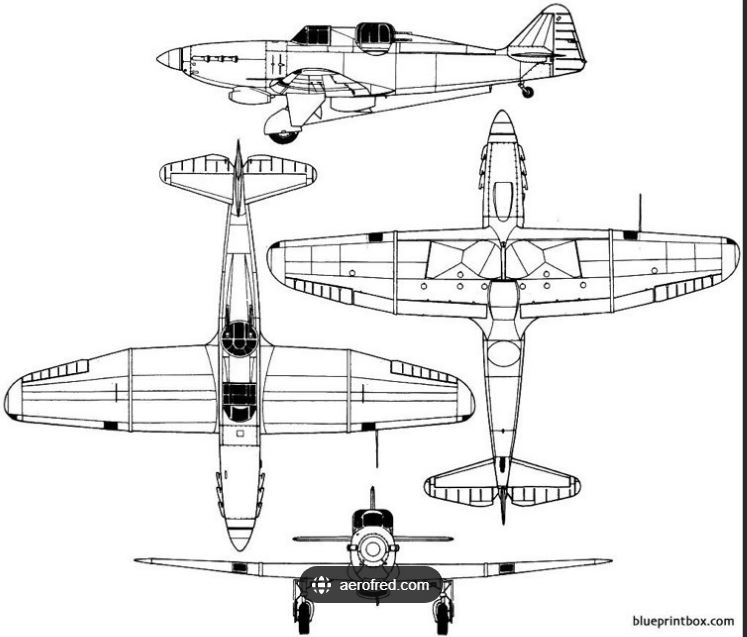Boulton Paul Defiant
From Our Contribution
Contents
Remarks
The Defiant was found to be effective at destroying bombers, the role it was designed for, but was vulnerable to the Luftwaffe's more manoeuvrable, single-seat Messerschmitt fighters. The Defiant lacked forward-firing armament, which proved to be a great weakness in daylight combat with fighters. It did, however, find success when it was converted to a night fighter. Eventually thirteen squadrons were equipped for this role, compared to just two squadrons as a day-fighter, though this was mainly due to slow initial production. In mid-1942 it was replaced by better performing night-fighters, the Bristol Beaufighter and De Havilland Mosquito.
The Defiant continued to find use in gunnery training, target towing, electronic countermeasures and air-sea rescue.
General characteristics
- Crew: two, pilot, gunner
- Length: 35 ft 4 in (10.77m)
- Wingspan: 39 ft 4 in (11.99m)
- Height: 11 ft 4 in (3.45m)
- Empty weight: 6,078lbs (2,757 Kg)
- Max takeoff weight: 8,600lbs (3,901 kg)
- Powerplant: 1 × Rolls-Royce Merlin III liquid-cooled V12 engine
- Maximum speed: 304 mph (489 km/h at 17,000 ft
- Range: 465 miles (748 km)
- Service ceiling: 31,000 ft (9,400m)
- Armament
- Guns: 4 × 0.303 in (7.7 mm) Browning machine guns in hydraulically powered dorsal turret
Air Crew
No. 256 Squadron RAF
- Roy Joseph Austen-Smith 5 Oct 1942 - Feb 1943
No. 153 Squadron RAF
- Roy Joseph Austen-Smith Feb 1943 - Apr 1944

